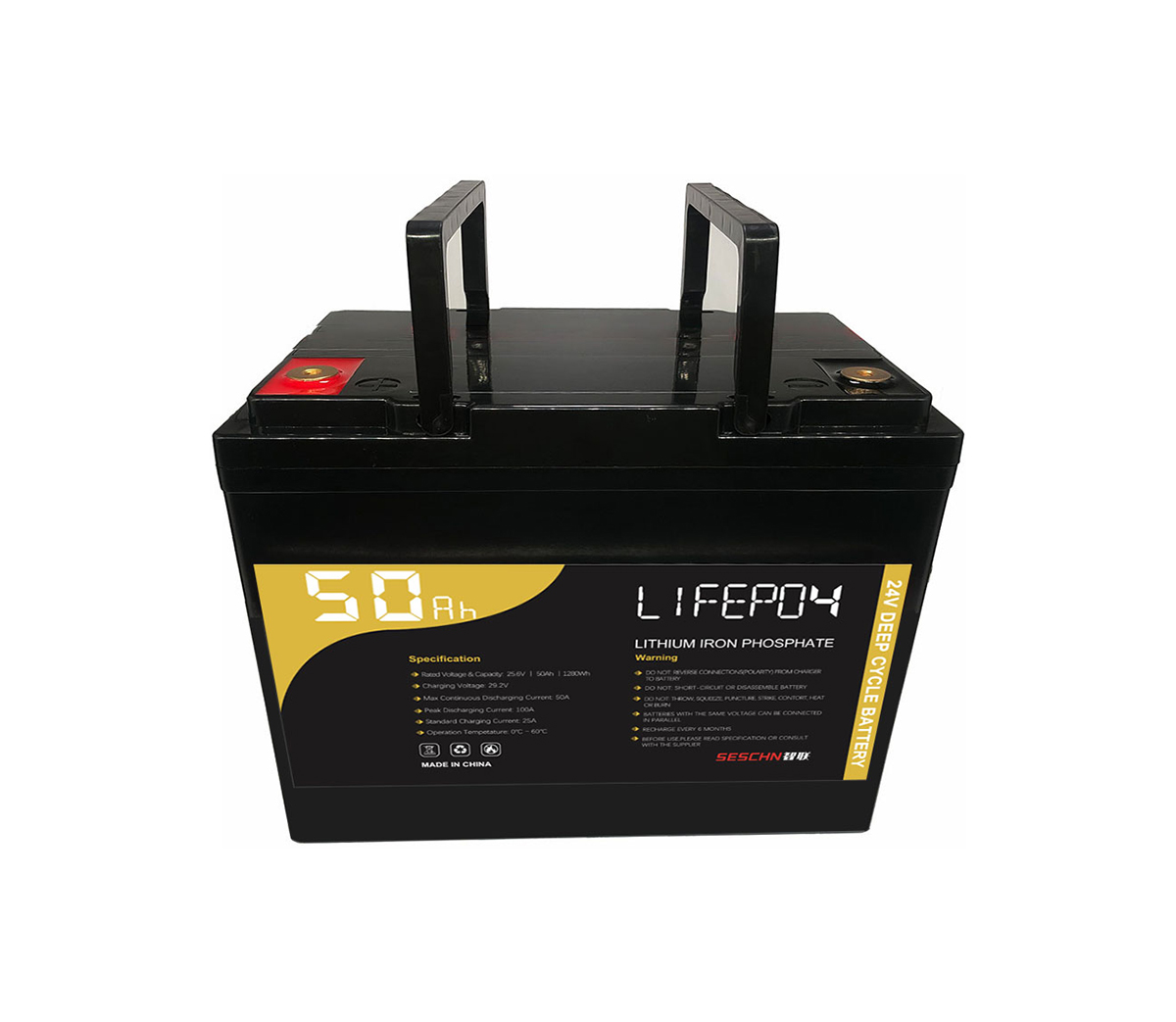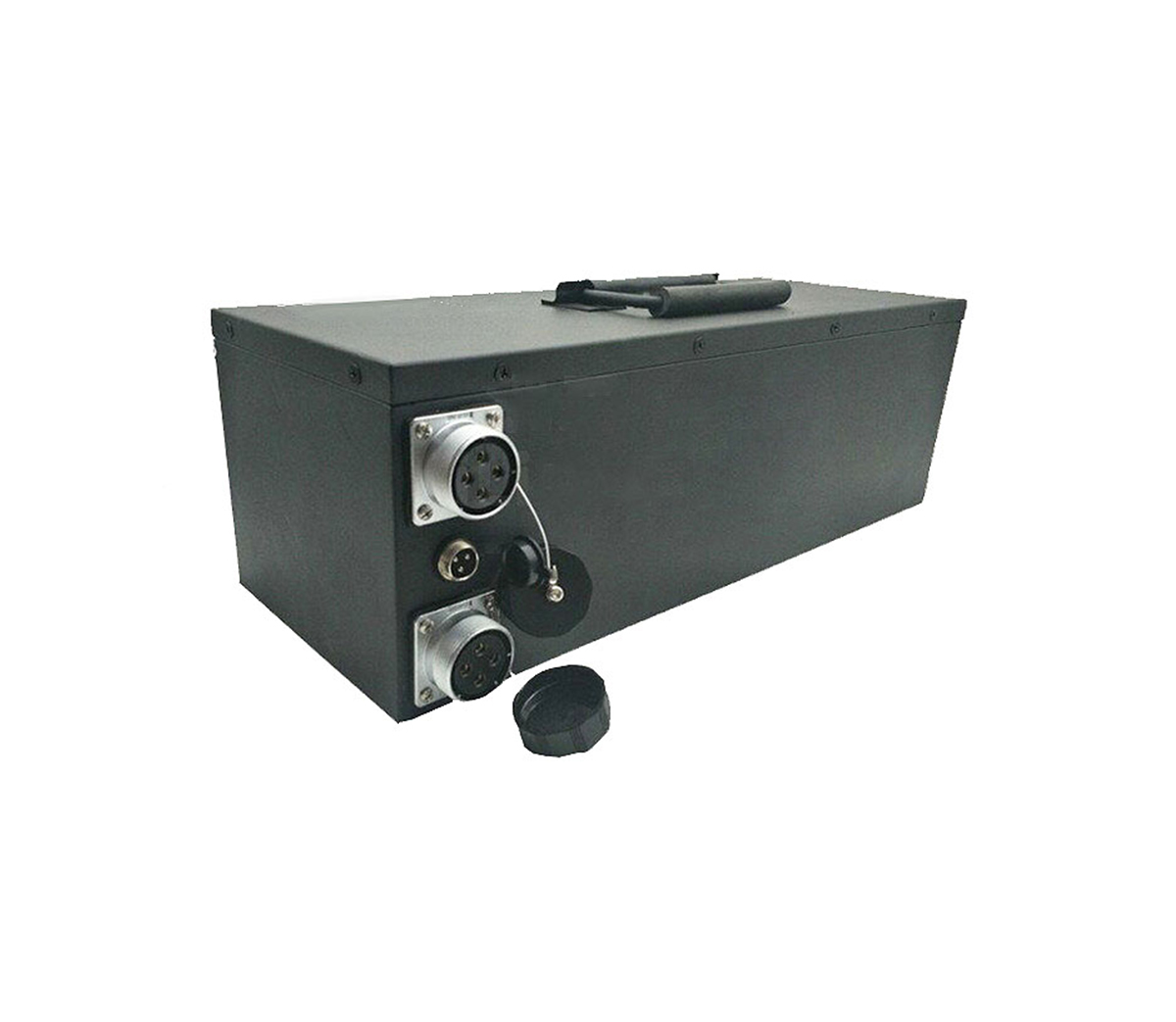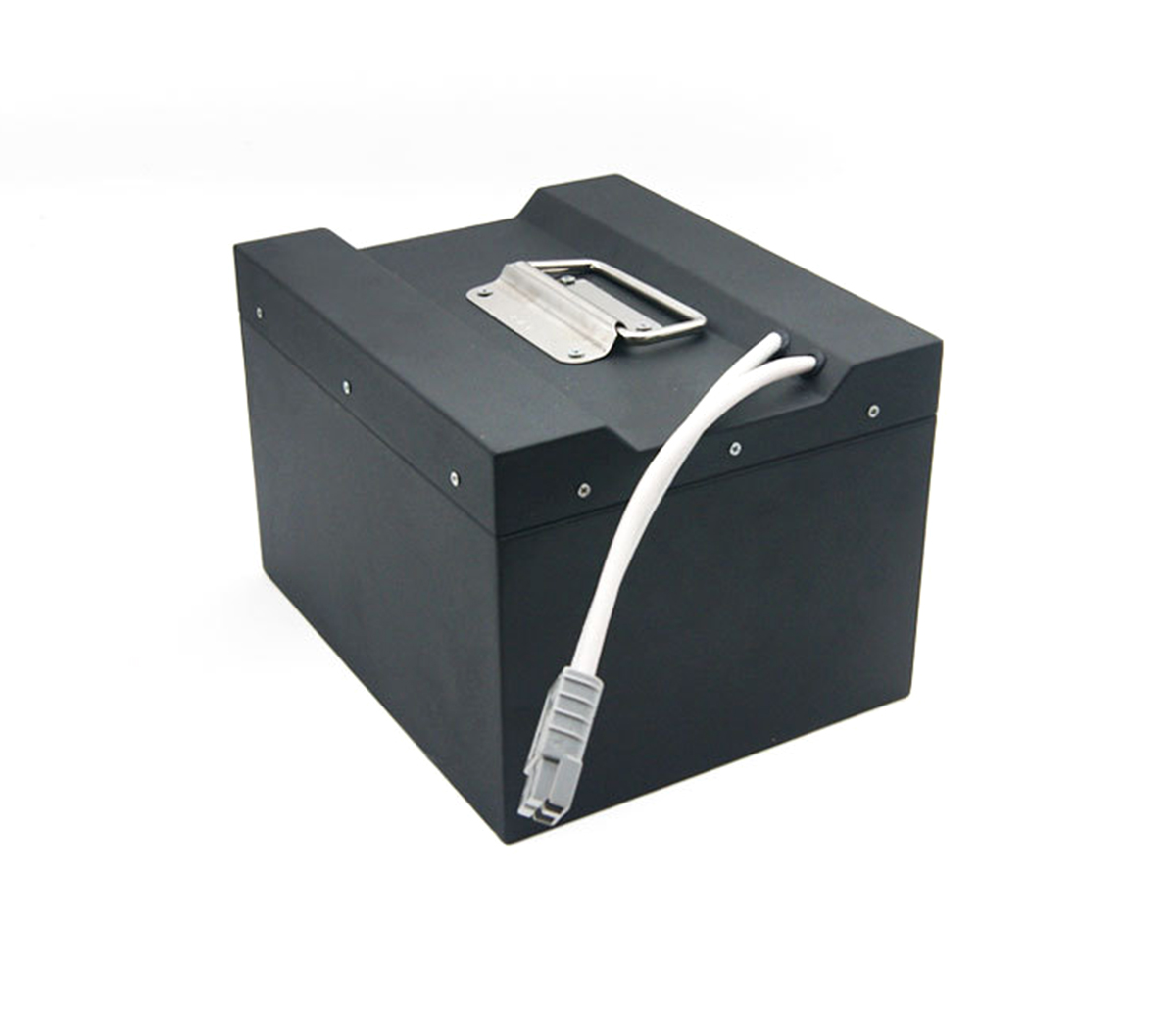Tesla fell into a "trap"? SES Power deeply analyzes the plight of 4680
lithium battery for you
"We will have mass production of 4680 cells by the end of the year, but
it's hard to predict because there's a lot of new technology in there." At Tesla
Inc's 2022 shareholder meeting in early August, the company's CEO Elon Musk
said, "We are confident that we will have high production rates, but we may not
be able to achieve high production until the end of this year."
But when he said this, Musk's voice was not very confident. Musk, who was
dressed in black, held the microphone, his face was a little dignified, and his
eyes fell to the ground twice. Compared with the high-spiritedness two years
ago, it seems to be different: in September 2020, the high-spirited Musk
launched the "epoch-making" Tesla 4680 battery. He said the battery will achieve
a planned production capacity of 100GWh in 2022, supporting at least 1 million
electric vehicles.
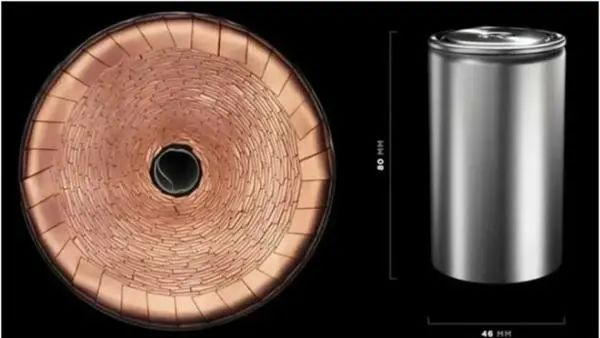
However, the reality is far from what Musk expected. As a manufacturer with
nearly 20 years of experience in customizing lithium-ion batteries, SES Power
focuses on the integration of lithium-ion battery energy storage systems, such
as fully intelligent lead-acid replacement products with Bluetooth or RS485
communication (Lithium iron phosphate 12V100Ah, 12V200Ah), high current (2000A)
starting lithium battery, UPS high voltage lithium battery system (up to 860V),
3Kw~20Kw off-grid, grid-connected, island-type lithium battery energy storage
system, base station communication backup battery system ( Standard 19 inches),
a full set of photovoltaic energy storage modules (PV+Battery+Inverter), etc.,
but we are full of respect for Musk and marvel at his ability to turn seemingly
impossible predictions into reality, but this time we did It is believed that
Tesla's performance on the 4680 lithium battery model is far from our
expectations.
To date, Tesla has only started small-volume production of 4680 cells at
its Kato Road plant near Fremont, California, and its Austin Gigafactory, Texas.
One of Tesla's suppliers, the battery manufacturer Panasonic Corporation of
Japan, made it clear that the 4680 battery is still in the testing stage, and
mass production will not start until April 2023.
Not only has Panasonic delayed the mass production plan, but CATL, one of
the rumored Chinese partners of the 4680 battery, still has vague plans. CATL
recently stated that there is no information about the 4680 battery to be
disclosed.
Below, SES Power will sort out why some peers think Tesla has fallen into
the "trap" for you.
A: What happened to the 4680 battery?
The full name of the 4680 cylindrical battery is the 4680 specification
electrodeless (all-pole) cylindrical battery. 4680 refers to the size of the
battery - 46 refers to a cylindrical battery with a diameter of 46mm, and 80
refers to a battery with a height of 80mm.
According to the data released by Tesla, compared with the traditional 2170
cylindrical battery, the energy of the 4680 battery will be 5 times that of the
former, the cruising range of the vehicle will be increased by 16%, and the
power will be increased by 6 times. Improvements, the net increase in range will
be as high as 56%, and production costs can be saved by 54%.
The Kato Road plant near Fremont, California, was originally a small pilot
plant, but now it has become the main production base for 4680 batteries. In
April of this year, the first Tesla Model Y loaded with 4680 battery packs was
assembled and delivered at the Texas Gigafactory, and the batteries used were
also produced by the factory.
The 4680 battery production line at the Texas Gigafactory is expected to be
put into production only in small quantities from the second quarter of this
year.
At present, there is no published battery output and capacity data from the
Kato Road factory. However, from a document leaked from the Kato Road factory in
the first half of this year, we can get a glimpse of the production efficiency
of 4680 batteries at the factory. According to the autoevolution website, the
leaked document shows that the factory had 14 machines running that day, of
which 13 produced "good" quality batteries with a pass rate of over 90%, with
one exception, machine 212 due to training Employees from the Gigafactory in
Texas produced 82 percent of the "bad" batteries. According to statistics, the
overall production pass rate of the battery that day was 92%.
In terms of output, the Kato Road factory produced a total of 6,250 4680
batteries that day, and a Tesla Model Y currently assembled at the Texas
Gigafactory requires about 690 4680 batteries. According to the production of
the Kato Road plant that day, the amount of batteries produced per day supports
about 10 Model Ys, which is far below the target output of the Texas
Gigafactory.
Production efficiency and capacity are still slowly climbing. Production
efficiency is expected to increase at the Kato Road plant in August, to produce
220 battery packs per week, while the Gigafactory in Texas will produce 183
battery packs per week. However, Tesla won't reach weekly production of 5,000
4680 battery packs until May 2023.
According to a report on the insideevs website, in late July, Andrew
Baglino, Tesla’s senior vice president of powertrain and energy engineering,
said on an investor conference call, “Tesla wants a battery factory in Austin.
By the end of 2022, it can surpass the weekly production of the Kato Road
factory, which is expected to produce more than 1,000 battery packs per week by
the end of the year.”
According to Tesla's plan, the annual production capacity of 4680 batteries
at the Kato Road factory will reach 10GWh, which can roughly meet the needs of
150,000 electric vehicles; the production capacity of the Texas Gigafactory is
expected to be built within the year to 60GWh. At present, Tesla's own 4680
battery capacity under construction also includes Tesla's Berlin plant, which is
expected to reach 20GWh after completion, but the production capacity will not
be released until the fourth quarter of 2022.

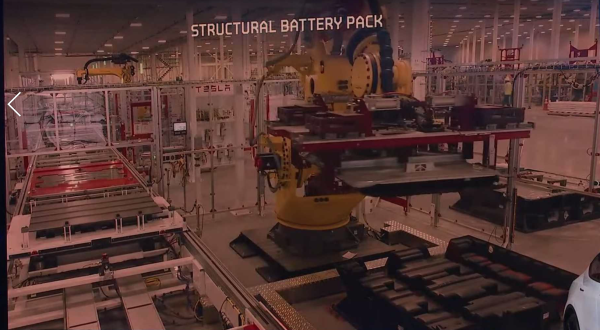
(4680 battery production line at Tesla's Texas Gigafactory)
In terms of partners, Japan's Panasonic and South Korea's LG New Energy
have both expressed their capacity plans for 4680 batteries. However, Panasonic
has made it clear that the 4680 battery is still in the testing stage, and the
company will gradually expand its production capacity to prepare for full
promotion.
South Korea's LG New Energy announced in June that it would invest 580
billion won (about 3.8 billion yuan) to build a new 4680 battery production line
at the second factory in Wuchang, Chungbuk, South Korea, to supply Tesla with a
production capacity of 9 GWh, but the time to put into mass production is also
in the second half of next year.
Kazuo Tadanobu, CEO of Panasonic's energy division, previously said in an
interview that while the 4680 battery can reduce the cost of electric vehicles
while maintaining safety and improving performance, it's not just about making a
bigger battery . Working on this project is not as easy as some might think. He
said the battery development process "requires enormous endurance" and that
changing the shape of the battery requires "considerable brain circuits."
B: What are the difficulties in mass production of 4680 batteries?
In theory, the technical maturity of cylindrical batteries is the highest,
otherwise 18650 lithium batteries will not become the overlord in the field of
secondary rechargeable lithium-ion batteries.
For electric vehicles, the capacity of 18650 cells is small (generally no
more than 3.5Ah), the number of cells required is large (6000-7000 cells), and
the battery management is difficult. Therefore, Tesla and Panasonic launched the
21700 cylindrical lithium battery product: a larger volume can accommodate more
electrode materials and save space for structural parts. Although the 2170 has a
certain improvement compared to the 18650, there is no qualitative leap, and it
can only be regarded as an enlarged version of the 18650 lithium battery.
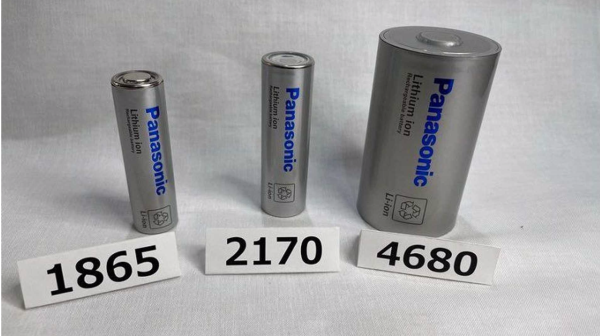
In SES Power's view, compared with the 18650 and 21700 batteries, the mass
production of the 4680 battery is very difficult because it must be a fusion of
multiple innovative technologies.
First of all, the precision requirements of the battery winding machine are
very high, and the main difficulty lies in the welding process of the tabs:
Tesla is most proud of the 4680 battery, which is the electrodeless (full tab)
technology of the battery. The tab of the battery cell refers to the metal
conductor that leads the positive and negative electrodes from the battery cell,
and is the key path when the battery is charged and discharged. The material and
size of the tabs will affect the internal resistance and overcurrent capability
of the cell.
The traditional 18650 cylindrical product usually has only two tabs, which
are connected to the positive and negative poles respectively due to their small
capacity and low output current (as shown on the left side of the figure below).
The 4680 cylinder uses an all-tab design, and the positive aluminum foil and
negative copper foil exposed from both ends of the winding body are rolled into
one end face as a tab (as shown on the right side of the figure below). The
number of tabs increases, and the current paths also increase. At the same time,
the distance between the tabs can also be shortened, thereby greatly reducing
the internal resistance of the cell, effectively reducing the heat generation of
the cell, and improving the energy of the fast charge and discharge of the
cell.
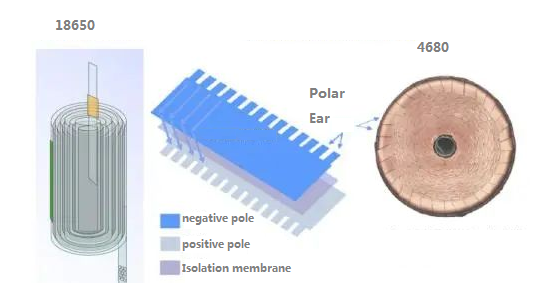
When the electrolyte is injected, since both ends are closed by the tabs,
continuous injection production cannot be performed, and it is difficult for the
electrolyte to enter the interior of the cell. These will be difficult problems
to improve battery productivity.
Second, the space utilization of the battery is low. Under the same
chemical system, the space utilization of large cylindrical cells is much lower
than that of square cells. If a ternary material is used, the square battery can
use ordinary nickel-cobalt-manganese (532) or nickel-cobalt-manganese (622)
material, but the 4680 battery must use high nickel material to have similar
power, although it has a higher energy density, But it also means that the risk
of thermal runaway is high, which must be paid attention to at the system
protection level.
Third, heat dissipation is difficult. Most of the heat generated by the
battery comes from the electrochemistry itself. The cylindrical battery
generally dissipates the fastest axial heat and the slowest lateral heat
dissipation. The large volume of the 4680 battery makes this feature more
obvious. Under 800V high-voltage charging, the battery will accumulate a lot of
heat in a short period of time, and the side heat dissipation speed will be
slower. In the long run, it will have a bigger impact on the life of the
battery. The way Tesla uses is to add a water-cooling plate on the top to
achieve the effect of two-way cooling on the side and the top. It is currently
unknown how the effect will be.
Fourth, the negative electrode material. The anode of the 4680 battery is
planned to use silicon carbide in order to improve energy density, but it has
some disadvantages. For example, the cost is high; there are many side
reactions, large swelling, low efficiency of one charge and discharge, which
affects the quality of the battery; the battery is easily affected by the volume
change of silicon; lithium ions are consumed in large quantities, which may
reduce the cycle characteristics and battery capacity.
C: Maybe, this is not a "trap", it just needs a little patience
Tesla had to continue to rely on the 21700 cells produced at its
Gigafactory in Texas to meet demand for the Model Y due to production hurdles
for 4680 cells.
"We have enough 21700 batteries to meet the rest of the new car needs this
year. Tesla doesn't need to rely on 4680 batteries this year, but 4680 batteries
will play a very important role next year." At the shareholder meeting, Musk
said. The mass production schedule of the 4680 battery may not affect Tesla's
goal of producing 1.5 million new cars this year, but 2023 will be
different.
Because it is critical to the smooth mass production of Tesla's electric
pickup, the Cybertruck. When launching the Cybertruck, Tesla promised a series
of excellent performances, and the 4680 battery was necessary to deliver on
those promises. Some industry insiders believe that the mass production of
Tesla's 4680 is far behind the original plan, which directly affects the mass
production of Cybertruck, electric semi-trailer truck Semi and other models.
However, the good news is not without. The 4680 cells that have been
produced still show advantages in terms of energy density and fast charging
performance.
According to the dismantling test report of Tesla 4680 battery by The
Limiting Factor, a 4680 battery weighs about 355g and has a total capacity of
about 26.136Ah. According to the rated voltage of 3.7-3.8V, the rated energy is
about 96-99Wh. Simple calculation, the current energy density of 4680 cells is
about 272-296Wh/kg, and according to Tesla's iterative plan, the energy density
of the second generation 4680 battery will reach 305 Wh/kg, and the third
generation will reach 333 Wh/kg.
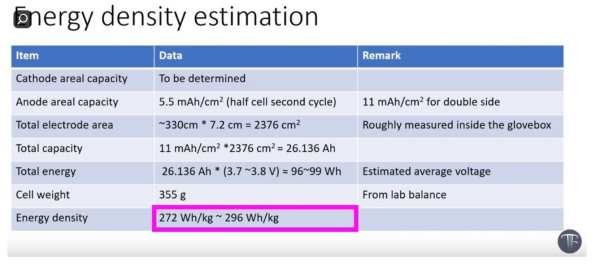
For comparison, the system energy density of BYD's first-generation blade
battery is 140Wh/kg, and it is expected to be greater than 180Wh/kg in 2025. The
system energy density of the latest Kirin battery (ternary high nickel system)
of CATL is 255Wh/kg, and it can achieve 160Wh/kg in the lithium iron phosphate
system. In terms of energy density, 4680 batteries have certain advantages.
In addition, in April of this year, Tesla delivered a Model Y equipped with
4680 batteries produced at the Texas Gigafactory. The first customers to get a
chance to drive the new model were pre-orders in the Austin area, and many
provided a lot of information on mileage testing and charging testing of the
4680 battery.
In one test, the user charged the battery on a V3 Supercharger in Texas to
9% in 3 minutes, 9% to 50% in 12 minutes, 80% in 34 minutes, and 40% in 40
minutes. 90%, 97% in 50 minutes. However, the new battery can't sustain the
250kW top charge for very long, and the top value of the speed drops faster than
the 2170 battery.
"In any case, it is still too early to make a proper evaluation of the 4680
battery." An industry insider commented.
Andrew Bagrino, Tesla's senior vice president of powertrain and energy
engineering, stressed that Tesla's challenge with the 4680 battery is an
engineering problem, not a scientific one. This means that with enough
optimization work, Tesla may be able to get out of the 4680 battery mass
production dilemma.















